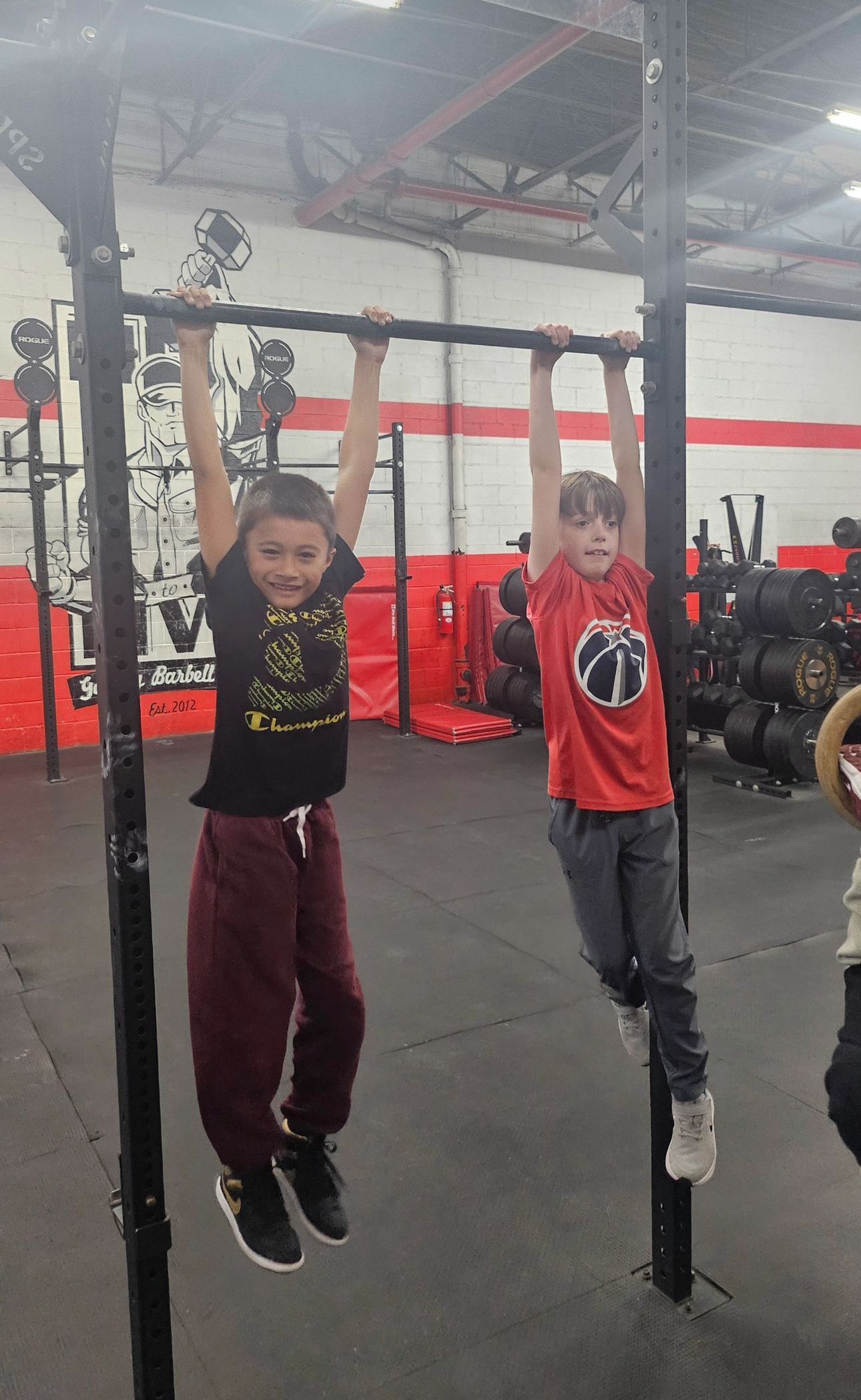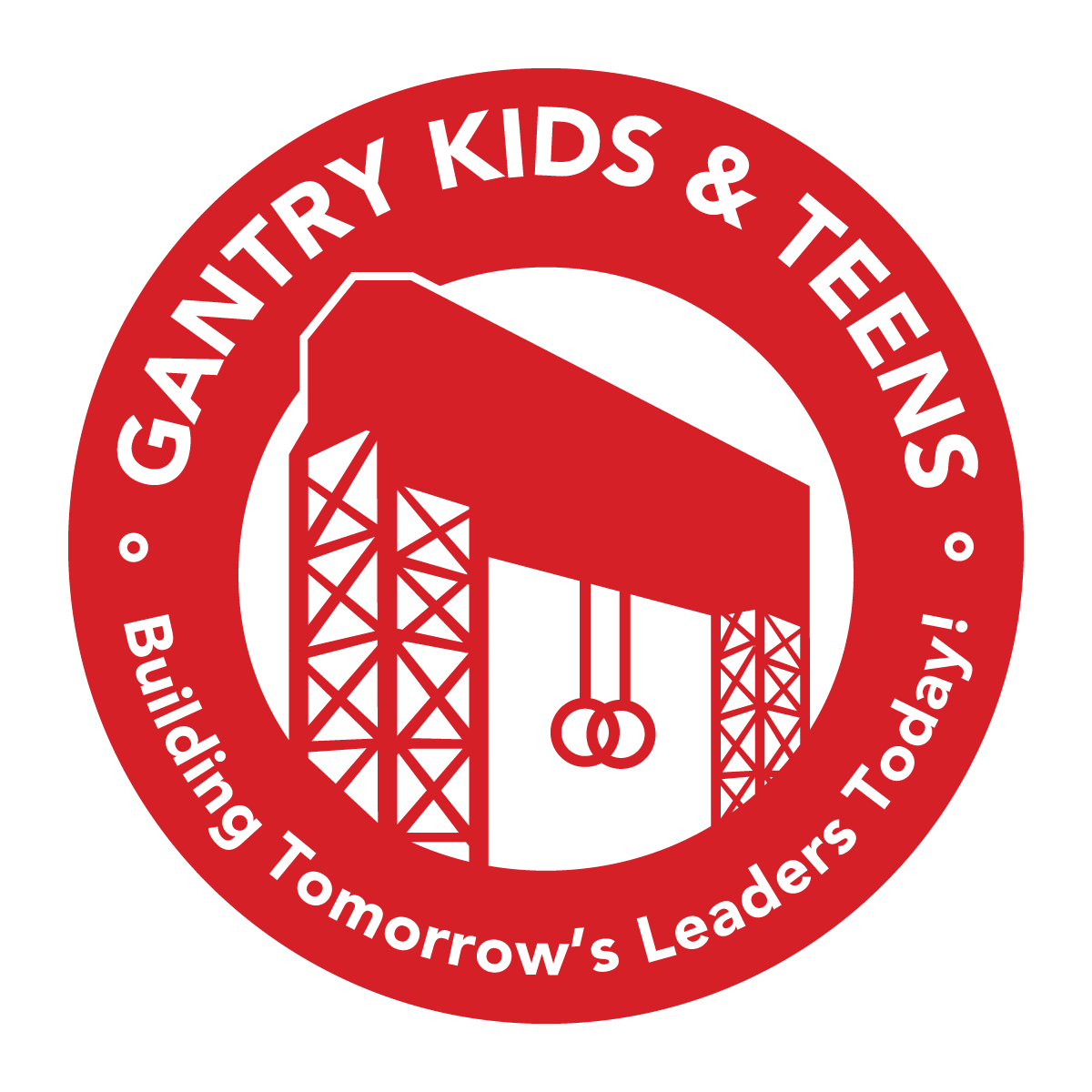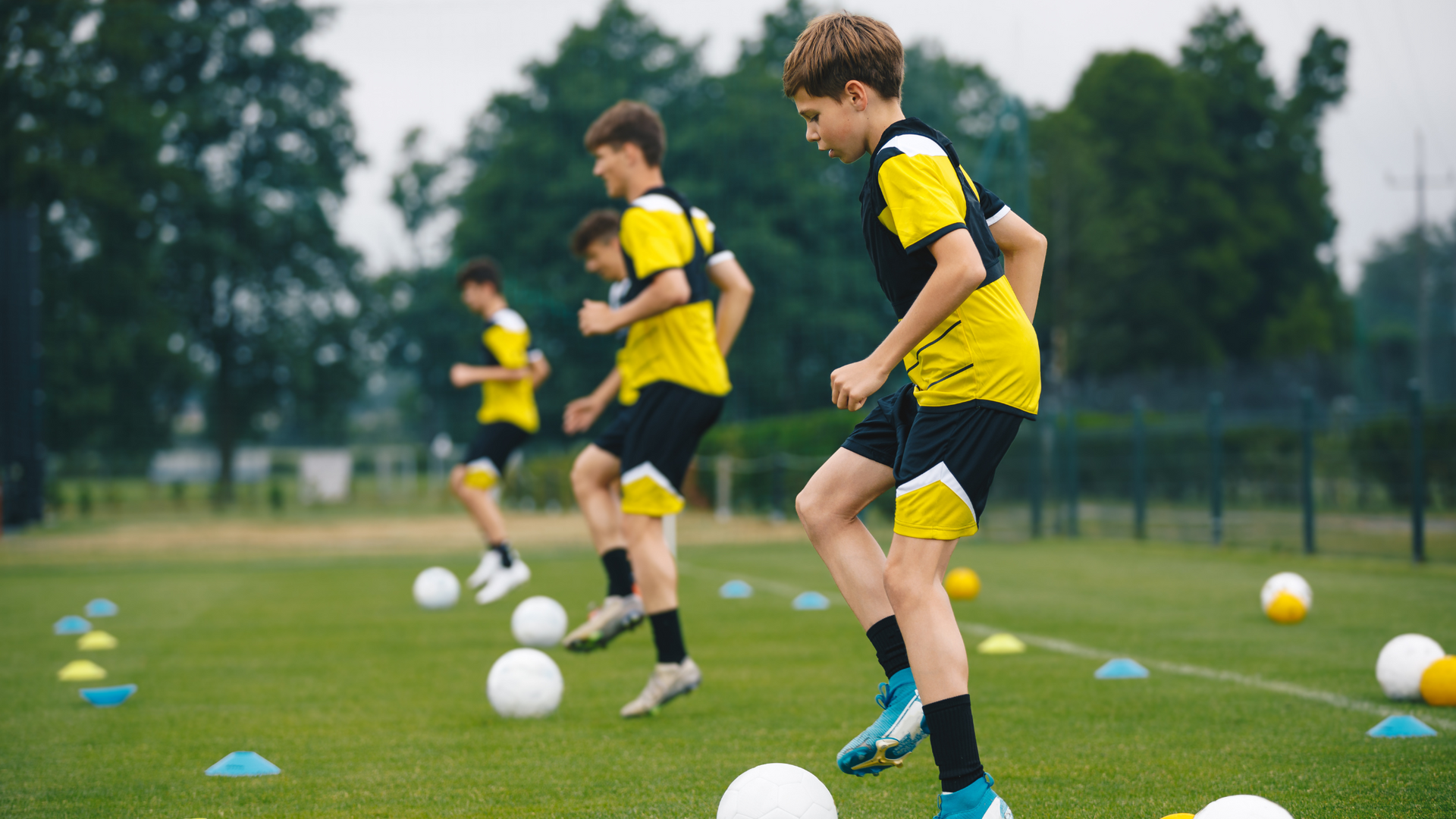Maximizing On-Field Performance: The Importance of Sport-Specific Strength Training
For any age sport specific athlete, building strength is essential for peak performance and injury prevention.
Athletes across all disciplines are continually pushing the boundaries of their physical capabilities in the quest for superior performance and an edge over the competition. This relentless pursuit of improvement necessitates not just routine training, but highly specialized approaches tailored to the unique demands of each sport. One such method is sport-specific strength training, a focused strategy designed to enhance athletic performance precisely where it counts.
Sport-specific strength training goes beyond general fitness by targeting the muscle groups and biomechanics crucial for specific athletic activities. This approach not only optimizes strength and power but also fine-tunes the athlete's body to perform movements that are fundamental to their sport more effectively and efficiently. The benefits are clear: improved performance, reduced injury risk, and an elevated ability to meet the physical challenges of competitive play.
Learn how tailored strength training can be a game-changer for athletes. Whether you're sprinting down a track, swinging a racket, or leaping for a basketball hoop, understanding and implementing sport-specific strength training can help maximize your on-field performance, giving you that much-needed advantage in your sporting endeavors.
The Science Behind Sport-Specific Strength Training
The effectiveness of sport-specific strength training lies in the principle of specificity, which asserts that training should be relevant and appropriate to the sport for which the individual is preparing. This principle is fundamental in designing training programs that enhance athletic performance by closely mimicking the movements and energy systems used during competition. By training in a way that replicates the specific physical demands of their sport, athletes can improve their efficiency and performance in actual competitive environments.
Sport-specific strength training focuses on developing the muscle groups and movement patterns that are most utilized in a given sport. For example, a soccer player might focus on leg strength for explosive sprints and agility, while a swimmer might target upper body strength for better stroke power and endurance. This targeted approach ensures that the strength gained is directly applicable to the tasks the athlete will perform, thus making their training more efficient and effective.
Key Benefits of Sport-Specific Strength Training
Sport-specific strength training offers several key advantages that not only boost athletic performance but also contribute to the overall health and longevity of an athlete's career. Here are some of the primary benefits:
Enhanced Athletic Abilities
- Power: Tailored strength programs increase muscle power, allowing athletes to execute explosive movements with greater force.
- Speed: Specific exercises improve fast-twitch muscle fibers, enhancing an athlete’s quickness and reaction time.
- Endurance: Conditioning the body for the specific demands of the sport improves muscular endurance, enabling athletes to maintain high performance for longer durations.
Injury Prevention
Training that mimics sport-specific movements strengthens the muscles and joints used most frequently in those activities, thereby fortifying the body against the stresses it faces in competition. By focusing on the correct form and enhancing the strength of supportive muscle groups, athletes can significantly decrease the risk of injuries commonly associated with their sport, such as ACL injuries in soccer or shoulder issues in baseball.
Improved Muscle Efficiency
Targeted workouts enhance the coordination between muscles required for specific sports actions, such as swinging a golf club or jumping for a basketball. This improved muscle efficiency not only boosts performance but also increases the athlete’s overall kinetic fluidity, making their movements more natural and less mechanically taxing.
Implementing Sport-Specific Strength Training
To effectively integrate sport-specific strength training into an athlete’s routine, a structured approach is crucial, encompassing the assessment of needs, the development of a tailored training program, and ongoing adjustments based on progress. Here's a detailed breakdown of this process:
Assessment of Needs: The first step involves a thorough analysis of the key physical demands of the sport. This analysis should include understanding the primary movements, the muscles involved, and the typical patterns of play. Athletes and coaches need to identify performance goals that are directly related to these demands, ensuring that the training program aligns with the actual requirements of the sport.
Developing a Training Program: Following the needs assessment, the next step is to design a training regimen that targets the specific muscles and movements crucial for the sport. This program should incorporate a variety of exercises that closely simulate actual sports actions, enhancing both relevancy and effectiveness. For instance, football players might include drills that improve explosive power and agility such as plyometrics and sprint training, tennis players could focus on lateral movements, rotational exercises for the torso, and arm strengthening to boost swing power and control, and swimmers might prioritize upper body circuits, core stabilization exercises, and endurance training to support prolonged swimming efforts.
Monitoring Progress and Adjustments: Regular assessment of the athlete's progress is essential, through both formal evaluations like timed drills or strength assessments and informal feedback such as athlete’s self-reports on performance and fatigue. Based on these assessments, adjustments should be made to the training program as needed. This could involve increasing the intensity of workouts, introducing new exercises, or scaling back if there are signs of overtraining or injury risk.
Practical Tips for Implementation
Here are some actionable tips for athletes and coaches to effectively incorporate strength training:
- Integrate Strength and Skill Training: To maximize efficiency, blend strength training with skill training sessions. For example, a basketball player can work on leg strength exercises followed by shooting drills. This approach not only saves time but also helps in applying newly gained strength to sport-specific skills immediately.
- Schedule Training Smartly: Place high-intensity strength training sessions on the same days as high-intensity skill sessions to allow for adequate recovery on lighter days or off days. This scheduling ensures that the body is not overstressed and has time to recover and rebuild.
- Prioritize Recovery: Recovery is just as crucial as the training itself. Include adequate rest days and recovery techniques such as stretching, massage, or foam rolling in your routine. Ensure that athletes get enough sleep, as it is a critical component of the recovery process.
- Monitor Athlete Load: Use tools and methods to monitor training load and athlete fatigue to prevent overtraining. Techniques such as heart rate monitoring, athlete diaries, and wellness questionnaires can help track an athlete's condition and adapt the training load as needed.
- Educate on Nutrition: Emphasize the importance of nutrition in supporting strength training and overall athletic performance. Encourage a diet that includes sufficient protein for muscle repair, carbohydrates for energy, and fats for hormonal balance, along with hydration and micronutrients.
- Seasonal Adjustments: Adjust the intensity and focus of strength training according to the sports season. Off-season periods can focus more on building strength and muscle mass, while in-season can focus on
By following these practical tips, athletes and coaches can effectively integrate sport-specific strength training into their existing routines, ensuring a balanced approach that promotes optimal performance and athlete well-being.
Wrapping Up
Sport-specific strength training is an essential component for any athlete aiming to maximize on-field performance. By focusing on the specific physical demands and movements of their sport, athletes can develop the strength, power, and agility needed to excel in competitive settings. This targeted approach not only improves overall athletic abilities but also plays a crucial role in injury prevention and muscle efficiency, making athletes more resilient and capable in their respective sports.
Throughout this blog, we've explored how integrating a sport-specific regimen into an athlete's training can bring about significant improvements in performance. We've discussed the science behind specificity in training, outlined the benefits of such an approach, and provided practical advice for both athletes and coaches on how to implement and balance strength training with other athletic responsibilities.
As athletes continue to seek competitive edges, the importance of adapting their training to meet the specific needs of their sport cannot be overstated. Sport-specific strength training is not just about building muscle; it's about crafting a well-rounded athlete who is prepared to meet the rigorous demands of their sport.











